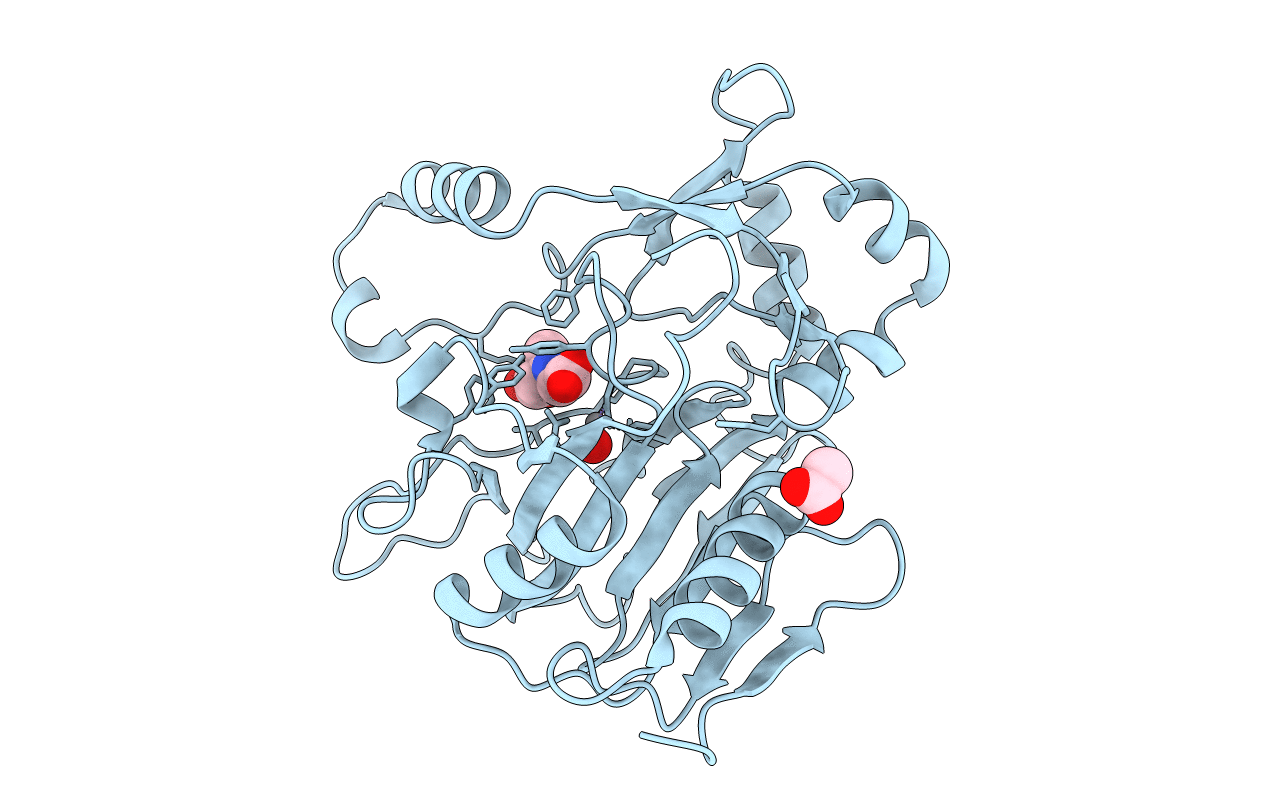
Deposition Date
2020-07-08
Release Date
2021-01-06
Last Version Date
2023-10-18
Entry Detail
PDB ID:
6XPA
Keywords:
Title:
ScoE with oxovanadium and the CABA substrate bound and His299 and Arg157 flipped out
Biological Source:
Source Organism:
Streptomyces coeruleorubidus (Taxon ID: 116188)
Host Organism:
Method Details:
Experimental Method:
Resolution:
2.10 Å
R-Value Free:
0.21
R-Value Work:
0.17
R-Value Observed:
0.17
Space Group:
P 43 21 2


